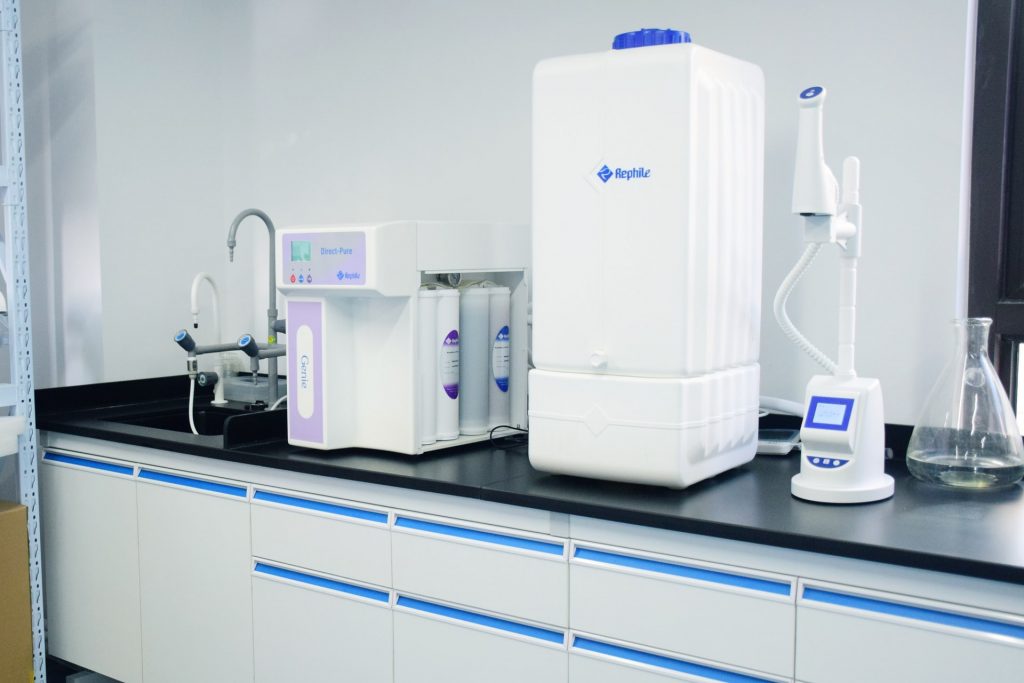In the 21st century, water purifiers have become part and parcel of our lives. Industries are the primary cause of water pollution, and it hampers our health in innumerable ways.
You can now have clean drinking water at home by installing a water purifier. It removes the harmful toxins, chlorine, residues of soil, and some inorganic and organic substances. However, modern-day households find it an issue that the water purifiers waste a lot of water.
Undoubtedly, some water purifiers waste no water, and some waste a minimal amount of water. But you can always reuse the wasted water and choose a path towards conserving it. We will tell you how to reuse water in this article.

Which Water Purifier Do You Need?
You must have wondered as to which water purifier is the best for you. It would help if you used the right water purifier for your home to benefit your whole family. It is your primary duty to get the water of your home tested before installing a water purifier.?
You can request a test to know water quality, measure TDS levels, and establish a water purifier according to your requirements. Choose between RO and UV, as per the impurities and bacteria present in the water at your home.
Difference between RO and UV Water Purifiers
The UV water purifiers remove the deadly bacteria and viruses using a heavy power UV lamp that purifies the water thoroughly. If you use tap water or water from Municipal Corporation, we suggest you use UV purifiers.
It uses very effective UV rays to kill deadly bacteria, microbes, and germs with the help of the UV lamp. The UV lamps’ radiation kills all the harmful microbes, which makes the water safe to use.
Also, the UV water purifiers do not waste a drop of water during the whole process of purification.
However, if you use water full of chemical toxins, impurities, and salts dissolved in it, you need to go for an RO water purifier. It purifies the water through a specialized multistage process. It removes impurities at different stages, making the water safe for use.
However, as the RO purification process involves purifying water at a multistage, it wastes a small amount. You can use this water for different purposes, and you can save it from getting destroyed.
Ways to Reuse RO Waste Water
There are many clever ways by which you can reuse RO wastewater. Reusing the wastewater will lead to preserving water. Some of the methods by which you use it for household purposes are:
? Wash your car
You will require a lot of water while washing your car. In place of using freshwater for cleaning your vehicle, you can use the wasted water of RO and store it in a tank. Later on, you can mix the rejected water of RO and some freshwater to wash your car. Your car won’t just be squeaky clean, but you will also save a lot of water.
? Use it in Toilets.
Flushing involves a lot of water. You can use the rejected water of the RO purifier to flush your toilets. In this way, you will save the freshwater and not let the rejected water be a waste.
? Mopping the Floor
Mopping the floor with freshwater involves the wastage of a lot of water. If you use the rejected RO water purifiers to clean the floor, you will save many freshwaters.
? Water your gardens
Further, you can use the rejected water to water your flowers and plants. Watering the gardens with freshwater will involve the wastage of a lot of water. Instead, you can use the RO rejected water for watering your plants and garden and make it green and fresh.
Final Thoughts
If you want to go for a RO water purifier that purifies the water and reduces wastage, many such water purifiers are available online and in markets. These water purifiers are specialized, which reduces wastage of water and circulates them into a separate tank with the help of an internal pump. You can go through their websites and learn more.

As the editor of the blog, She curate insightful content that sparks curiosity and fosters learning. With a passion for storytelling and a keen eye for detail, she strive to bring diverse perspectives and engaging narratives to readers, ensuring every piece informs, inspires, and enriches.









